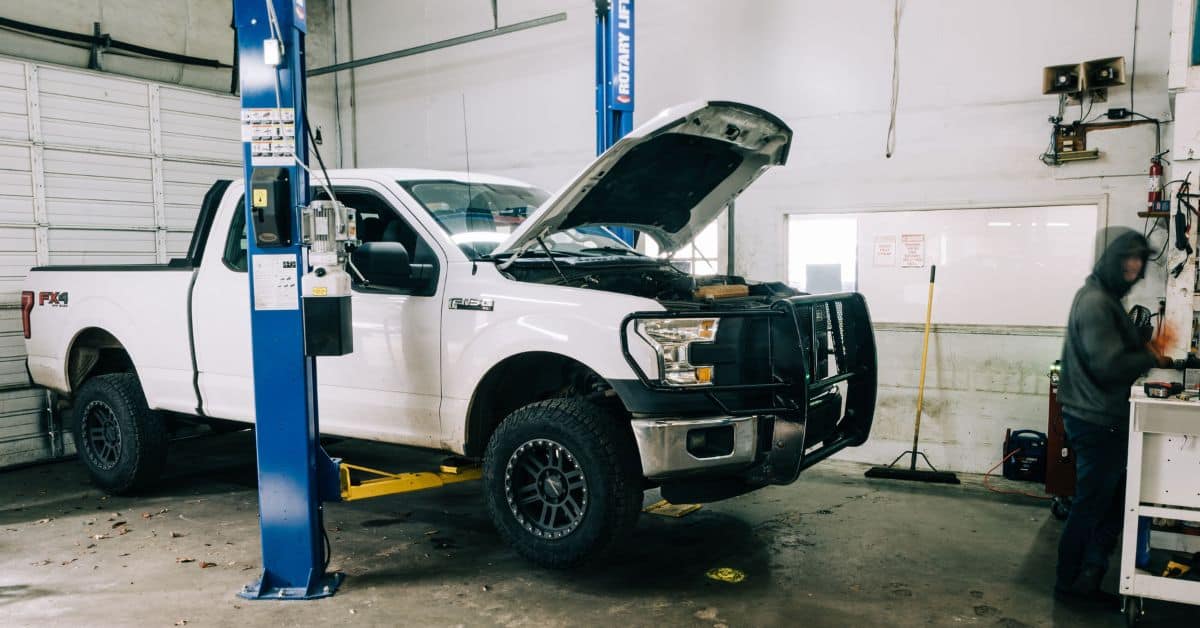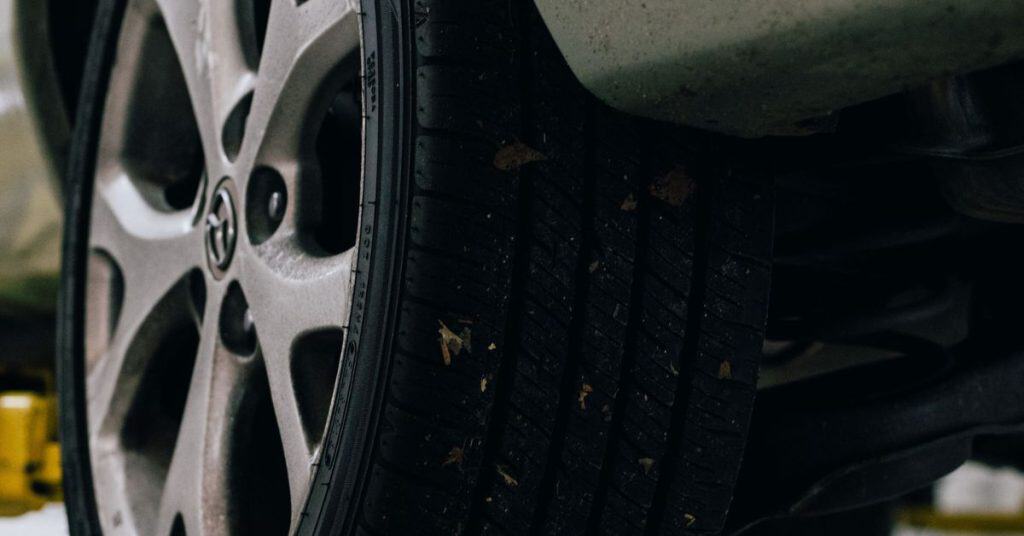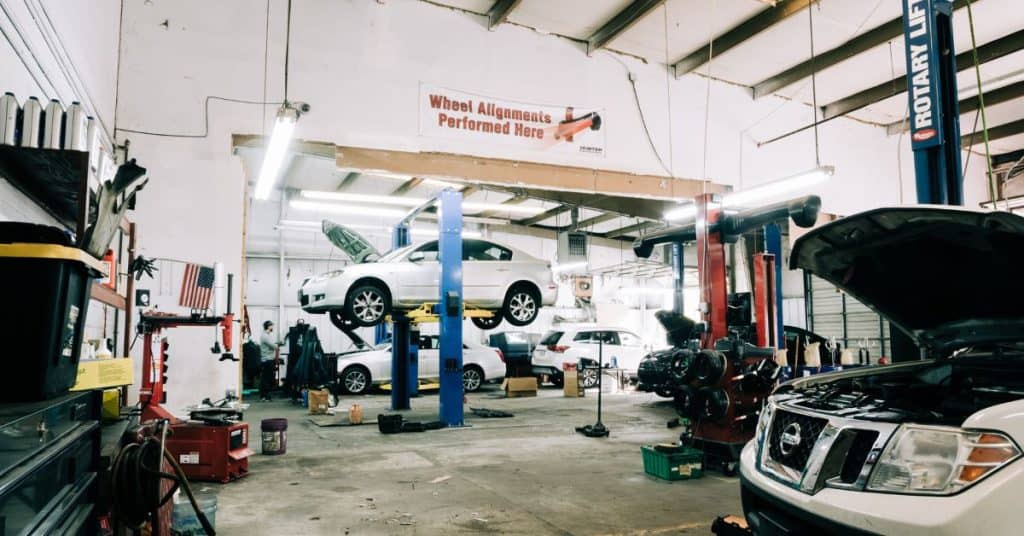How To Know When To Replace Shocks and Struts: 12 Signs To Watch Out For:

Sharing this:
Shocks and struts are integral components of your vehicle’s suspension system, crucial for ensuring a smooth ride and safe handling. Over time, these parts wear out and need replacement to maintain vehicle performance and safety. Read on to explore how to know it’s time to replace your car’s shocks and struts.
Understanding Shocks and Struts
Shocks and struts are not interchangeable terms—they refer to different parts that serve similar functions within a vehicle. Shocks, or shock absorbers, help control the impact and rebound movement of your vehicle’s springs and suspension. Struts, on the other hand, are a structural component of the suspension system that also affect ride comfort and vehicle handling. Both play crucial roles in stabilizing your car’s movements and enhancing control when you are driving.
Excessive Bouncing
One of the most noticeable signs that your car’s shocks or struts may need replacing is excessive bouncing. Drive over a bump or a small pothole; if your vehicle continues to bounce or rock back and forth several times, it is a clear indication that your suspension system isn’t performing effectively. This is due to the shocks and struts failing to keep the vehicle steady against the coil springs.
Dipping and Swerving When Braking
Pay attention to how your car behaves when you brake. If you notice that the front end of your car dips dramatically or the rear squats during braking, it could indicate worn-out shocks or struts. This condition not only affects the comfort of your ride but also extends the braking distance, which can compromise your safety.
Uneven Tire Wear
Inspect your vehicle’s tires regularly for uneven wear patterns. Cupping or scalloping of tires often indicates that the shocks and struts are not holding the vehicle steady against the road. Uneven tire wear can result in poor handling and traction, leading to increased risk while driving.
Leaking Fluid
If fluid is leaking down the side of your car’s shocks or struts, they may be broken or losing their effectiveness. The fluid in the shocks and struts helps dampen the impact from road surfaces, and a leak can result in reduced performance and increased wear and tear on other components of the suspension system.

Poor Steering Response
Worn shocks and struts can also affect your car’s steering responsiveness. If steering feels stiff or your vehicle sways or leans on turns or when changing lanes, it could be a sign that the shocks or struts are failing. This can affect your ability to control your vehicle, especially at higher speeds.
Increased Road Noise
Another indicator of worn shocks and struts is an increase in road noise and vibration coming through the vehicle. As these parts degrade, they become less effective in absorbing the bumps and vibrations from the road, resulting in a rougher and noisier ride.
Mileage Indicator
Most manufacturers recommend replacing the shocks and struts after approximately 50,000 miles, but this can vary depending on vehicle type and driving conditions. Check your vehicle’s owner manual for specific recommendations. Regular checks by a professional can help assess whether your vehicle’s suspension needs attention sooner.
Vehicle Instability at High Speeds
If your vehicle feels unstable or “floats” at high speeds, or if you feel excessive vibration through the steering wheel, it’s likely time to check your suspension system. This instability can be dangerous, particularly in windy conditions or on uneven road surfaces.
Difficulty Handling When Loaded
If your vehicle struggles to stabilize after being loaded or it feels unusually bumpy while carrying a heavier load, it might be a sign that the shocks and struts are worn out. Effective shocks and struts should be able to handle heavier loads without compromising the vehicle’s stability.
Visual Inspection
Sometimes, the physical condition of the shocks and struts can indicate wear. Look for signs of rust or damage to the shock or strut housing. Any visible damage or unusual conditions could suggest it’s time for replacements.
Stability Testing
The bounce test is a quick and straightforward way to check the condition of your car’s shocks and struts. Simply push down with force on the front end of your parked vehicle and then let go. Observe how the vehicle reacts. If it rebounds more than once or twice, this is a strong indication that the shocks or struts are worn out and unable to effectively dampen the movement. Repeat this test at the rear of the vehicle to ensure all components are functioning correctly. This simple diagnostic can be performed at home, helping you decide whether a professional assessment is needed.

Regular Maintenance Checks
Regular maintenance checks are crucial for the early detection of potential issues with your vehicle’s shocks and struts. Incorporate these checks into your vehicle’s routine service schedule. During an oil change or tire rotation, ask your mechanic to inspect your car’s suspension system for any signs of wear or failure. This regular scrutiny helps keep your vehicle running smoothly and may prevent expensive repairs caused by worn suspension components leading to other mechanical failures.
Professional Assessments
If you suspect that your car’s shocks or struts may need to be replaced, it’s wise to consult a professional mechanic. They can perform a more detailed inspection using specialized tools and their expertise to accurately diagnose issues. A professional can also differentiate between normal wear and tear and a defective part that requires immediate attention. Relying on professional advice ensures that the necessary repairs are made correctly, which can extend the life of your vehicle and improve safety.
Suspension Service
For professional and reliable service, contact a specialist who can offer comprehensive suspension service. These professionals can provide detailed assessments and high-quality parts replacements to ensure your vehicle runs safely and smoothly.
Now that you know how to recognize when it’s time to replace your car shocks and struts, you can take proactive steps to ensure your vehicle remains safe and comfortable to drive. Performing regular inspections and promptly addressing any signs of wear can prevent more significant issues from developing down the road.



